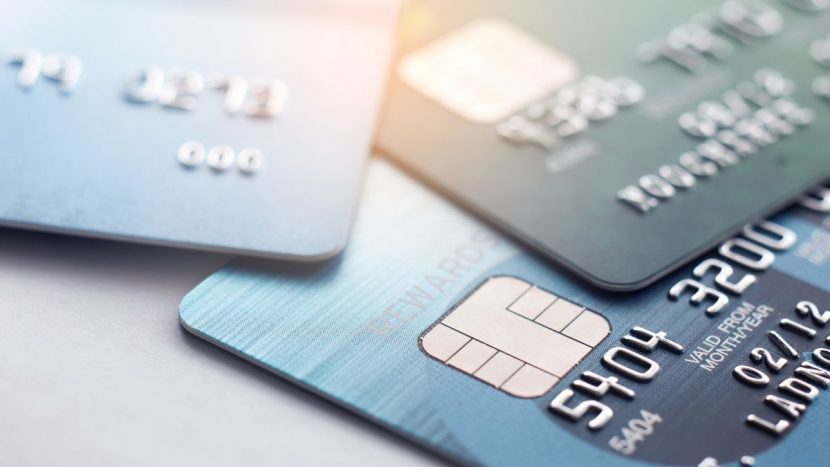
Credit cards seem to be accepted for everything except for rent, as many landlords will flat-out refuse plastic to avoid the 2-3% interchange fees on large transactions. But it’s still possible to pay your rent with a credit card—if you’re willing to pay a service fee that essentially covers that 2-3%.
Is it even a good idea to pay rent with a credit card?
Credit card debt is expensive and can hurt your credit score. You really should only use a credit card for rent if you’re sure you can pay it back quickly. If you have exhausted all your cash and are using a credit card a last resort, consider United Way’s checklist of alternative options first. Also know your state and federal rights as a tenant and consult this list of eviction moratoriums provided by the legal education site Nolo.
That said, there are some possible benefits in using cash-back reward cards to pay your rent. As a large transaction, rent can be used to quickly achieve minimum spending cash-back rewards as part of a sign-up bonus. You might have, say, a $200 cash-back bonus if you spend $1000 within 90 days, with your rent payment covering most of that required spending.
Convenience is another benefit—if your rent is due before payday, you can use your credit card and then pay yourself back once your paycheck is deposited. This works when you have stable, predictable income, otherwise there’s always a risk in not being able to pay back the amount due to an unforeseen event.
G/O Media may get a commission
How can I use my credit card to pay rent?
Your first option is to deal with your landlord directly and see if they will take your credit card. They probably won’t, but it’s worth trying. If they do, make sure you also ask about any potential “service” fees to avoid any surprises when rent is due (some landlords might try to charge you something crazy, like $50 per transaction, which is their way of saying “leave me alone”).
Third-party apps
Your landlord might be using (or willing to use) a third-party bill-paying app that allows you to pay rent with your credit card. These bill-paying apps will send either bank transfers or a mailed checks in your name to your landlord, with the option to make the payments recurring. Some commonly used apps include Plastiq, RadPad, and RentMoola. You can also use peer-to-peer services like Venmo or PayPal, although some landlords might prefer the formality of a mailed check or bill tracking that the bill-paying apps provide. Whatever you choose, there’s no escaping the 2-3% service fee.
Scheduling payments through third-party apps might be worth the convenience, but just remember that you’re paying service fees (e.g., 3% costs you an additional $45 for rent that’s $1500) and there are better options for paying your rent, such as cash, a debit card, paper check or money order.
